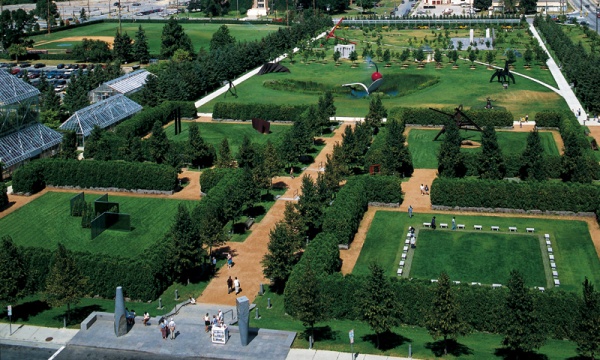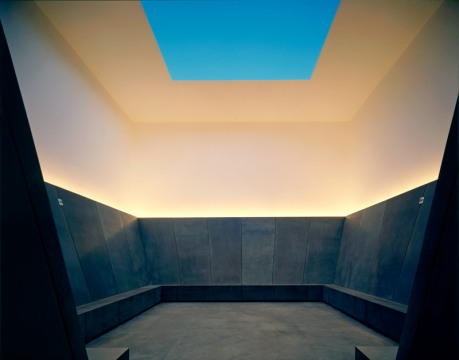Earthworks and Land Art truly took off in the 1970s-80s as a reaction against Modernism. Before it subsided in mid-80s, Land art had become widespread across America. While Land art is not prevalent today in the Midwest, people should be able to recognize or remember the few pieces that are present, from Andrew Leicester's Cloverleaf (1982) at the intersection of 494 and 35E, to Mel Chin's Revival Field (1990-1993) in West Saint Paul at Pig Eye's Lake landfill.
Following Minimalism and Post-minimalism, Land art found its niche as art outside the gallery setting. Around the same time sculpture gardens, like the Walker in Minneapolis, were constructed in an effort to break out of the box of formalism. Although the Walker was constructed as a reclamation of a wasteland area in Minneapolis, the formalism of the gallery aesthetic pervaded the outside space, thereby killing any Land art intentions of specific sculptures.











 The Woodbury "Central Park" does function as a communal gathering place, as Lin's piece acts as a center for commerce, but I do not see it as Land art because there are benches and chairs, much like a park, whereas Lin's piece is a conceptual space where one can meander on rolling wooden hills.
The Woodbury "Central Park" does function as a communal gathering place, as Lin's piece acts as a center for commerce, but I do not see it as Land art because there are benches and chairs, much like a park, whereas Lin's piece is a conceptual space where one can meander on rolling wooden hills.





 Pieces like
Pieces like 


